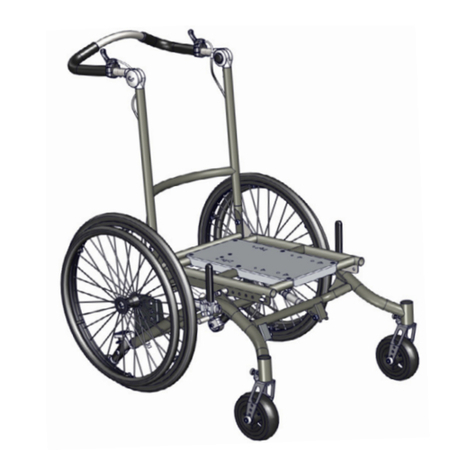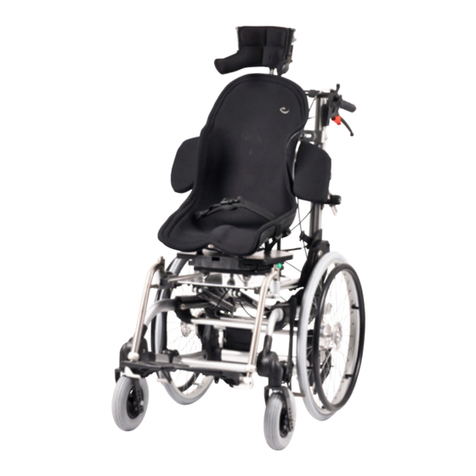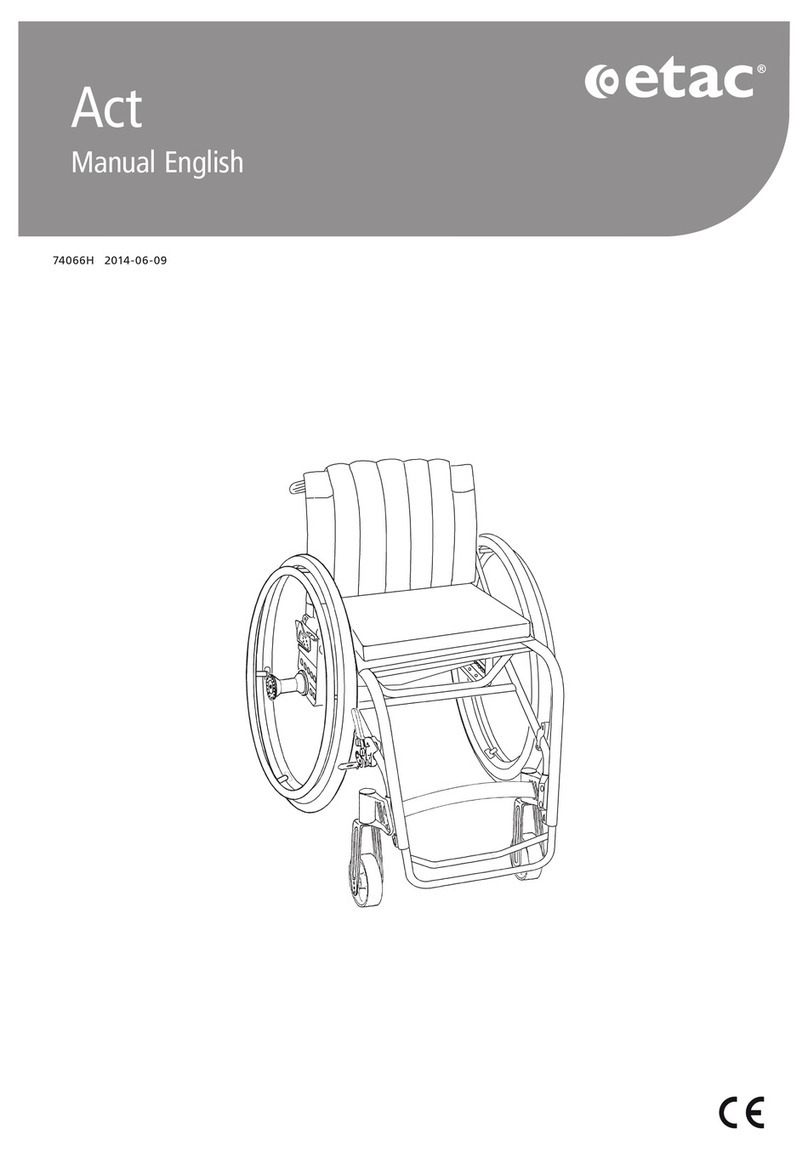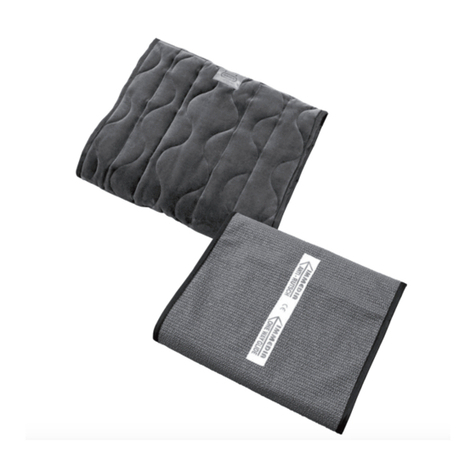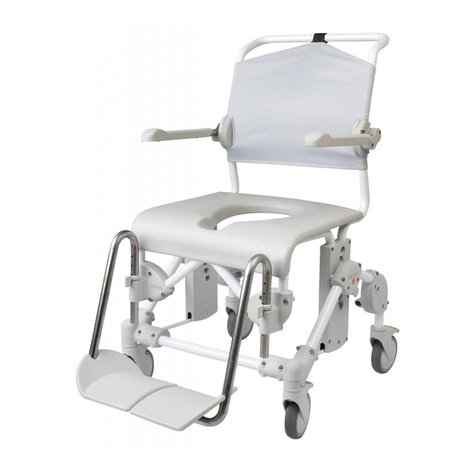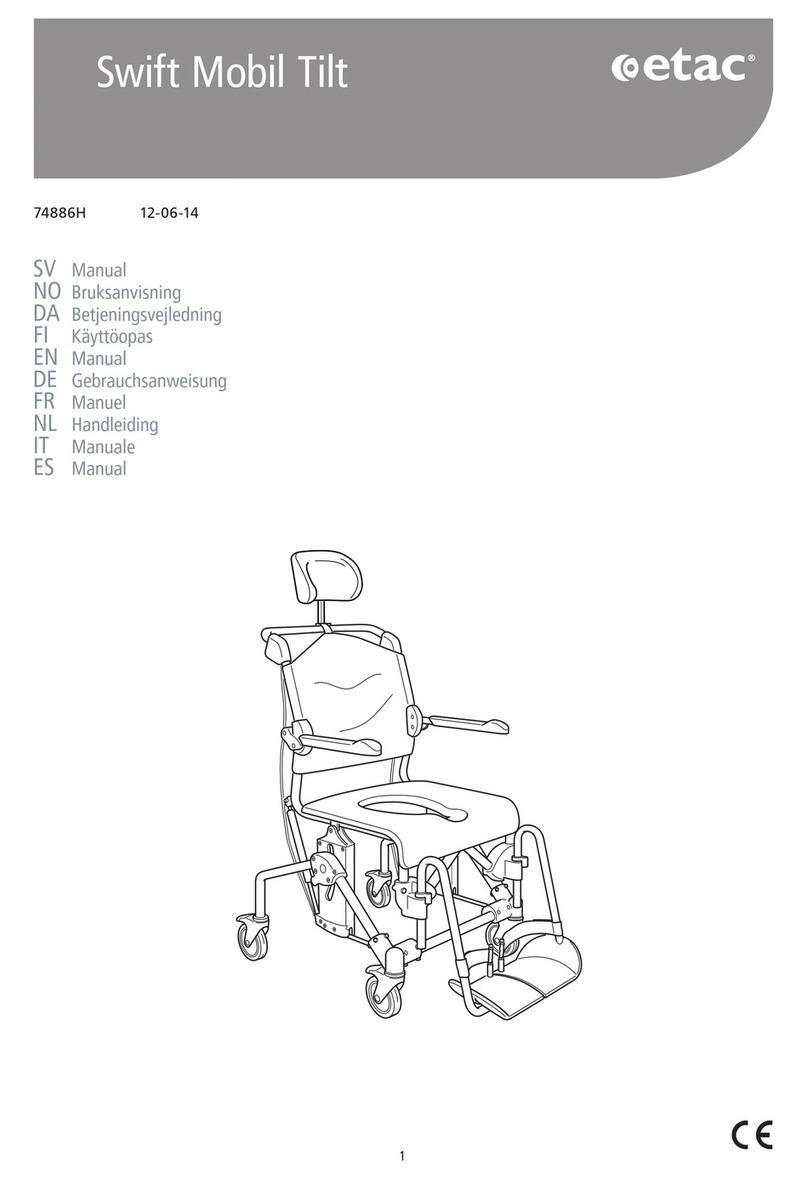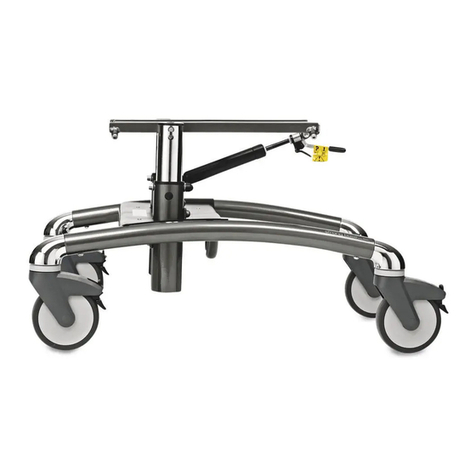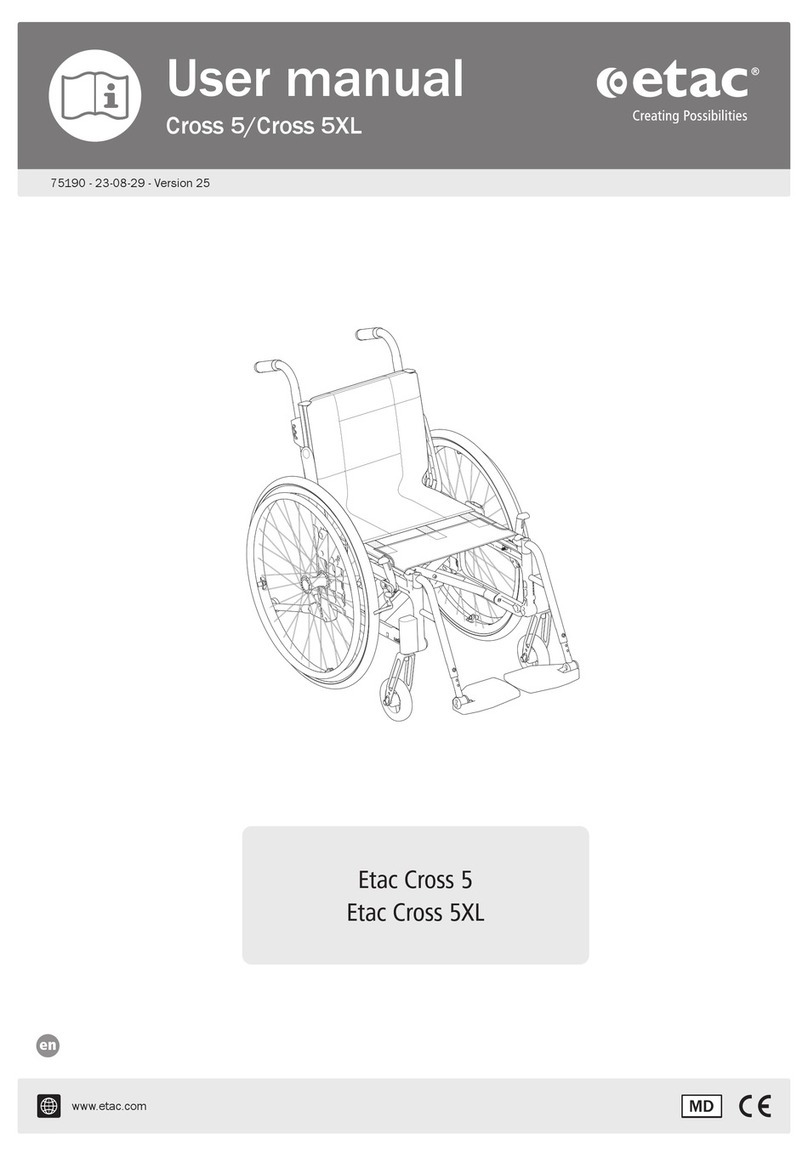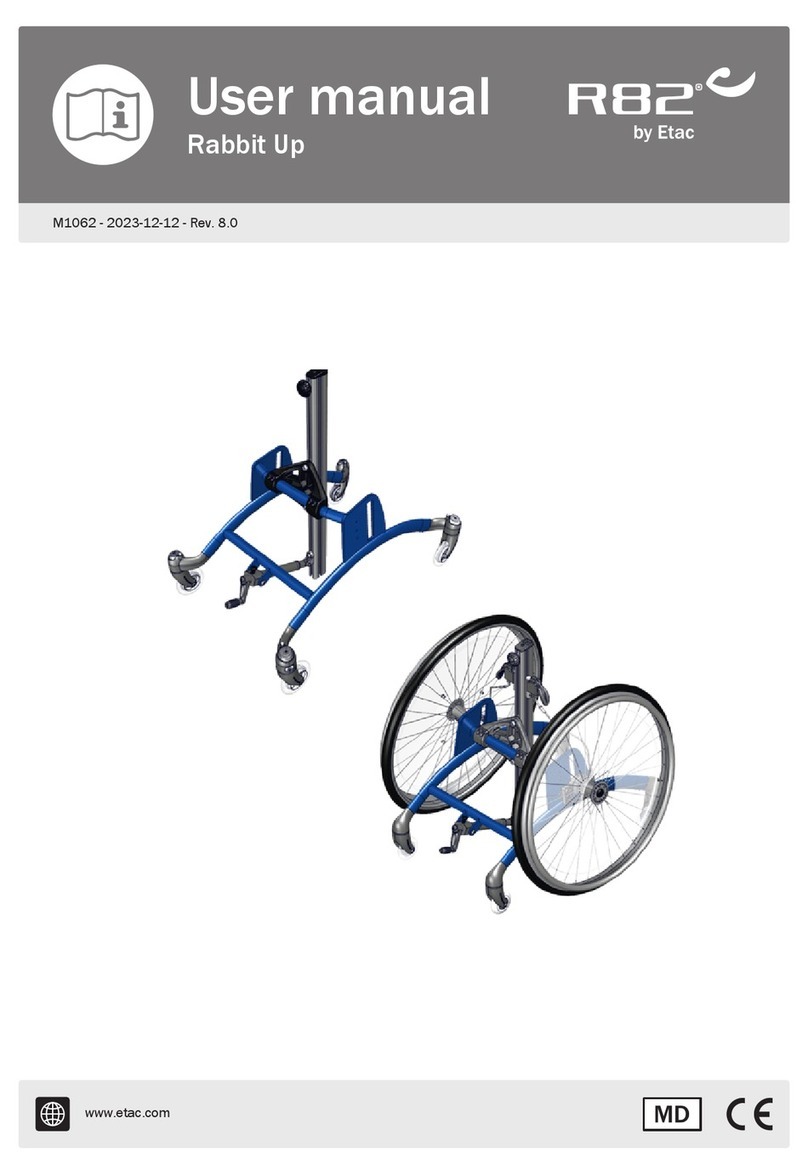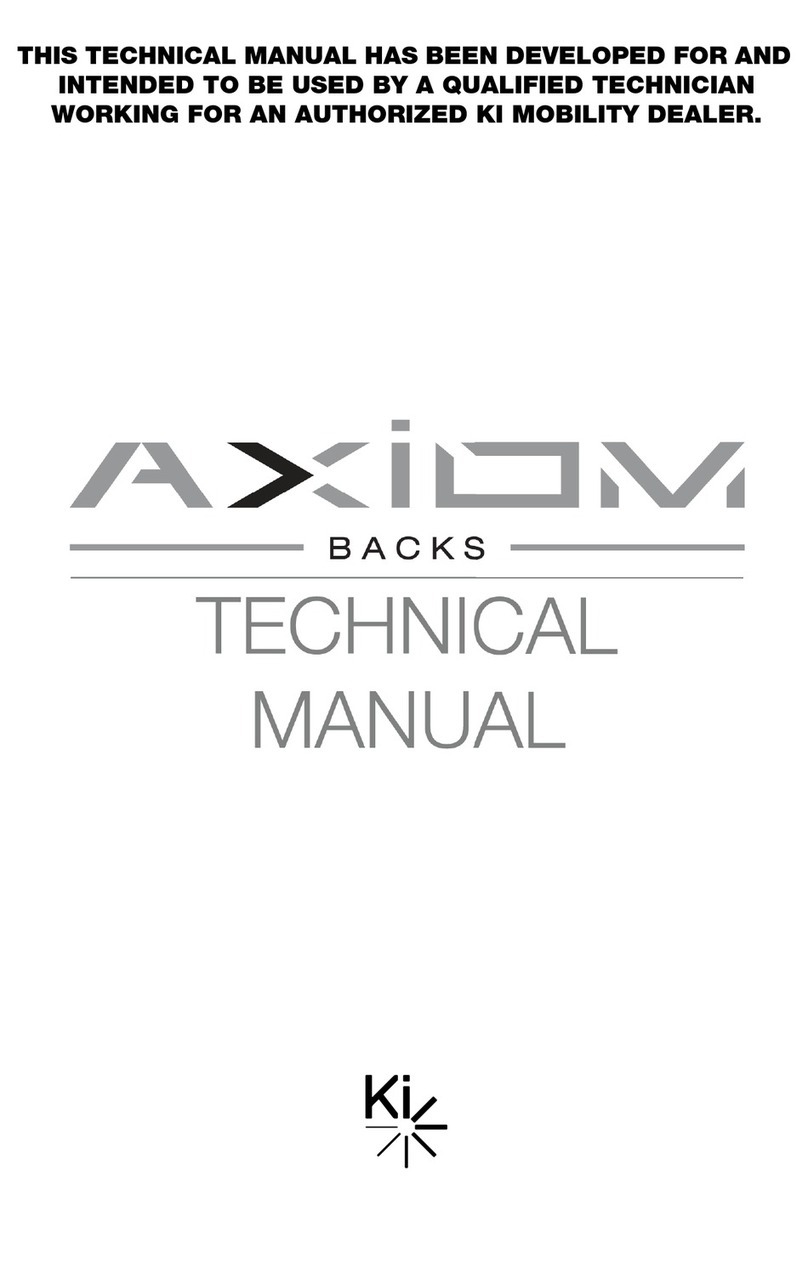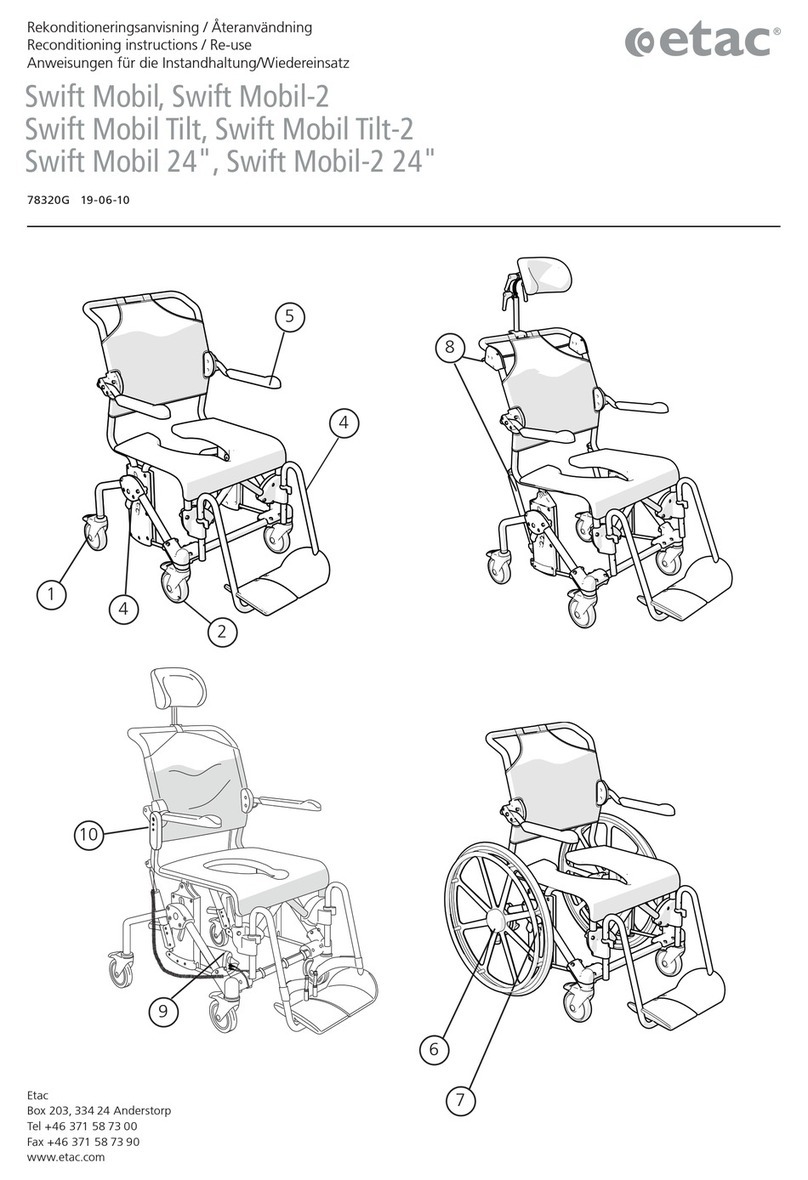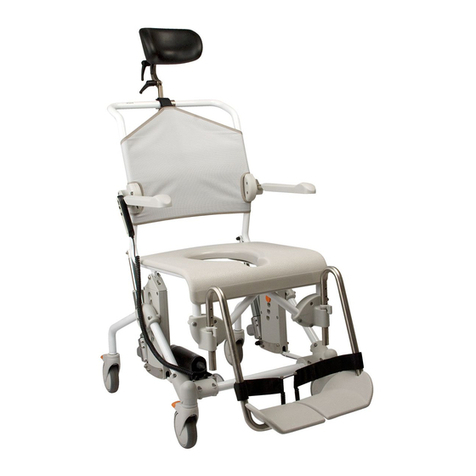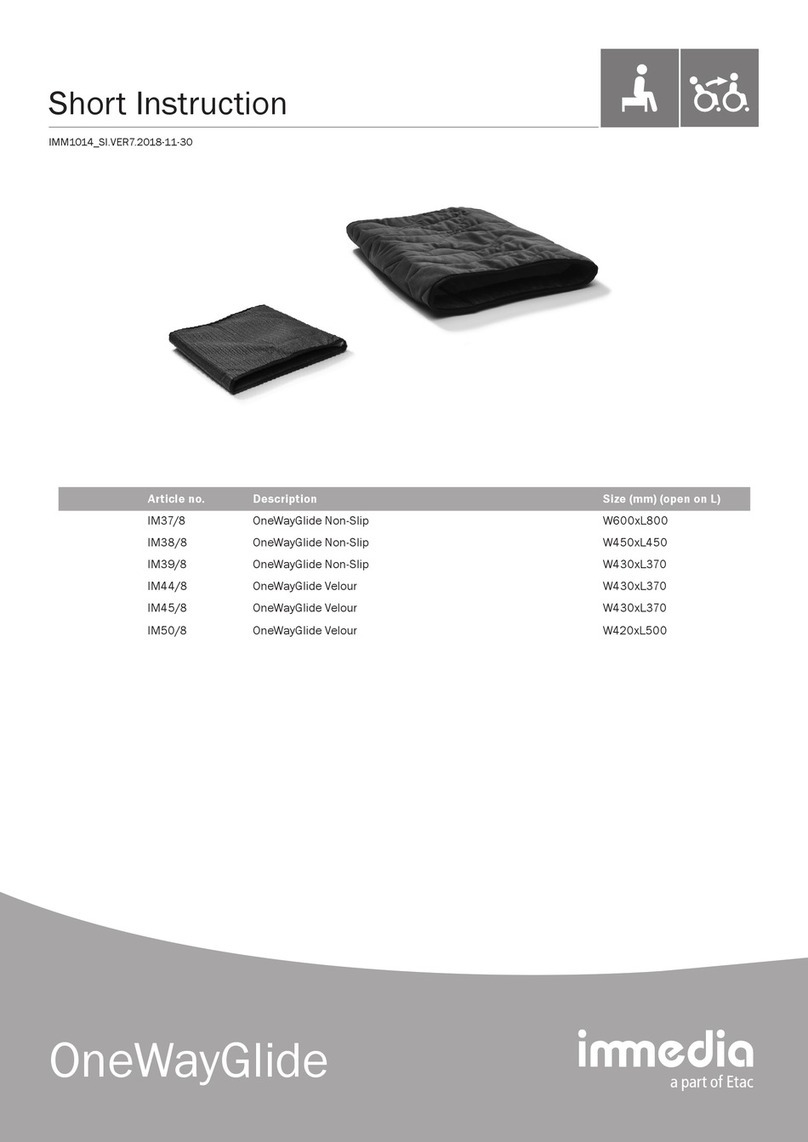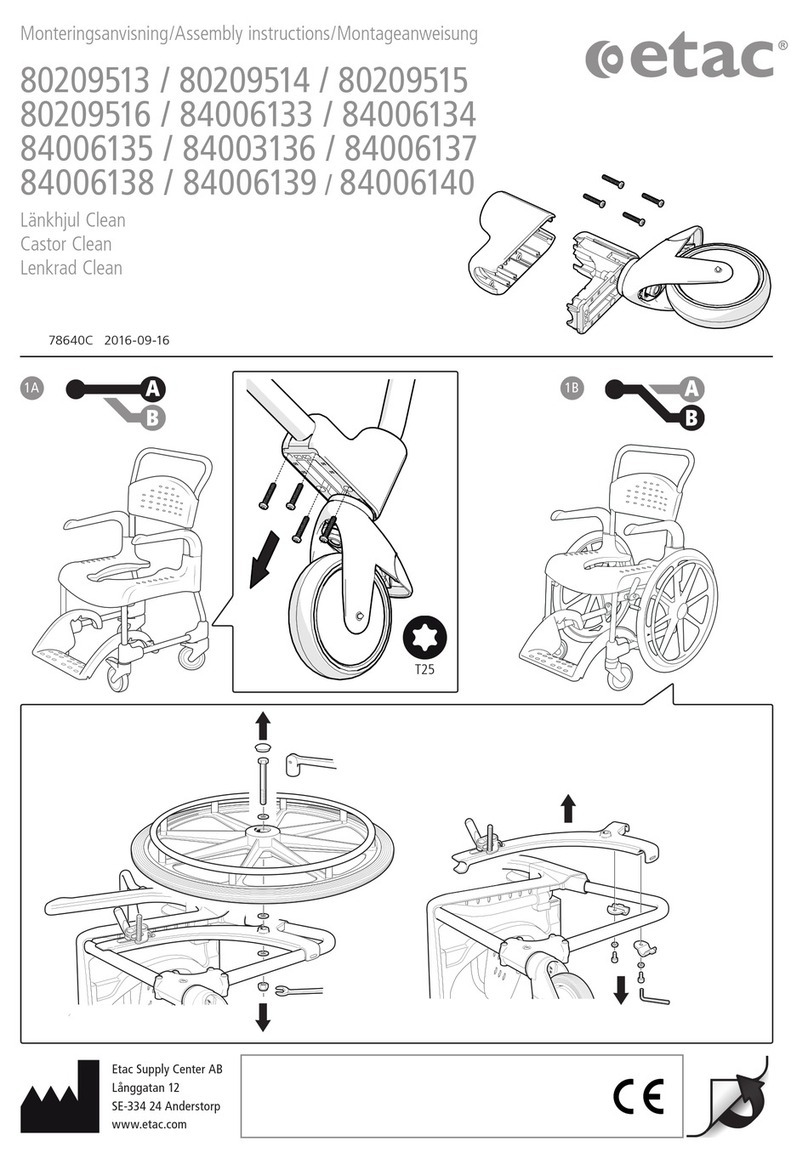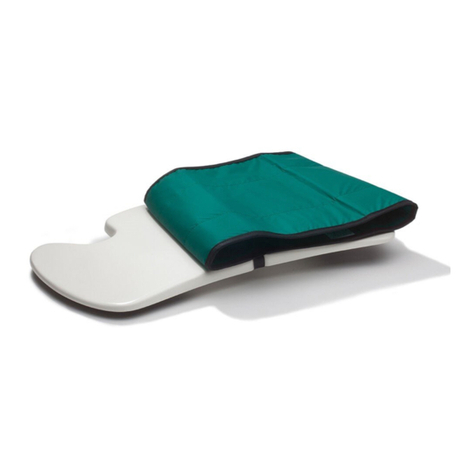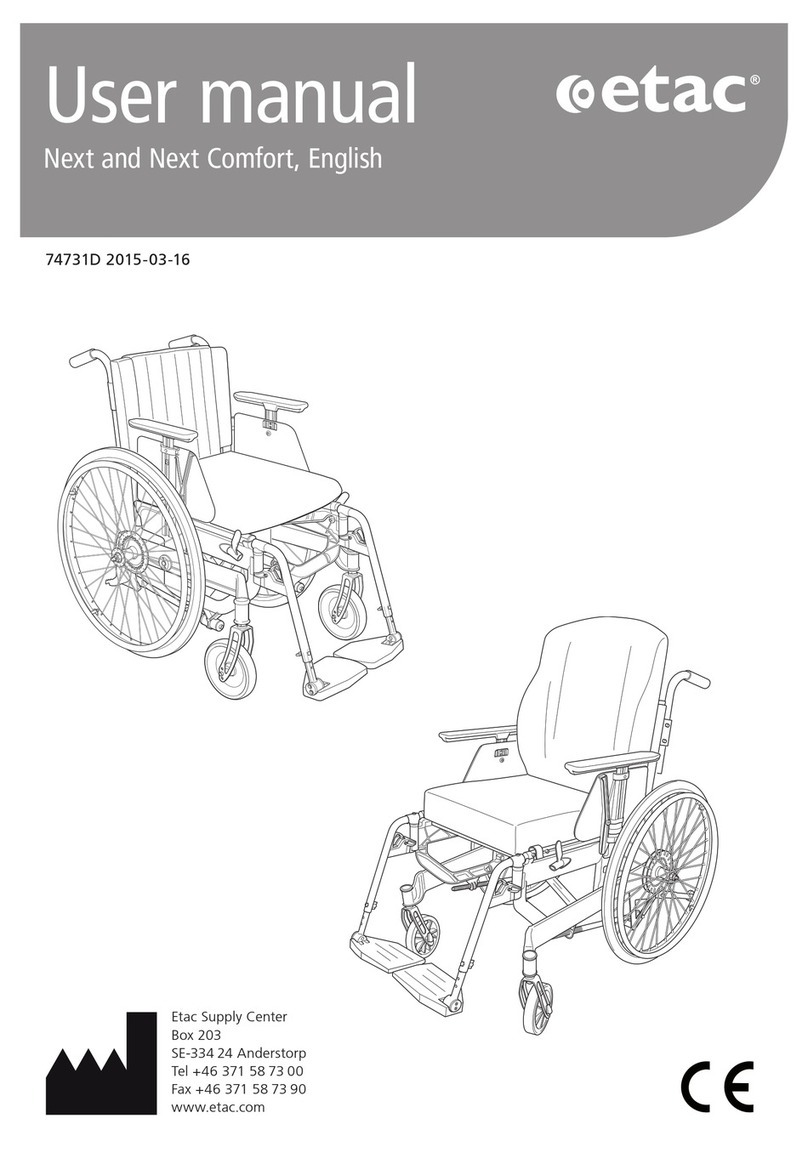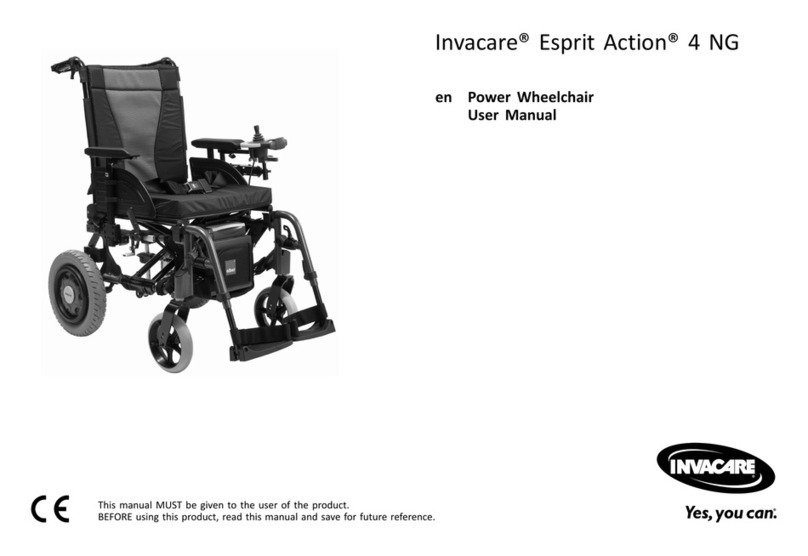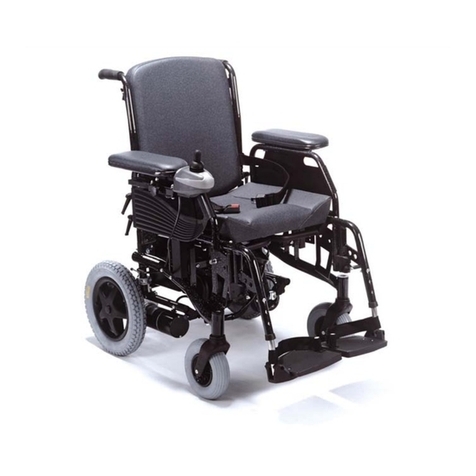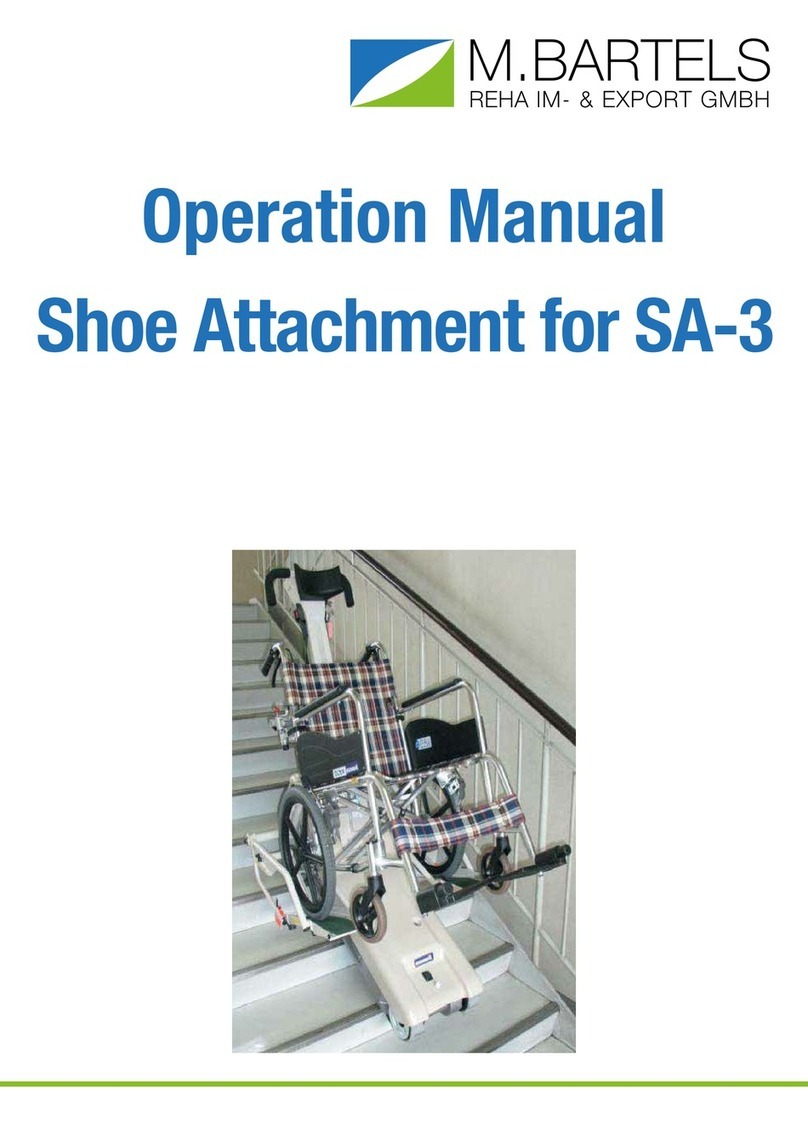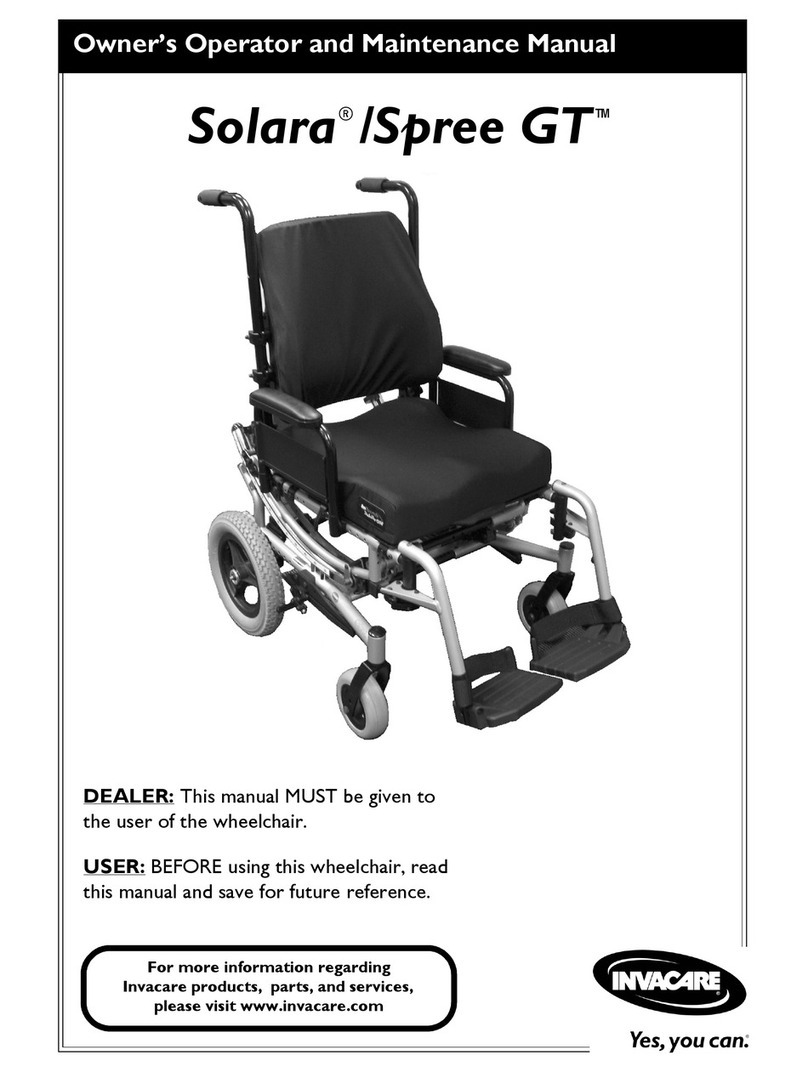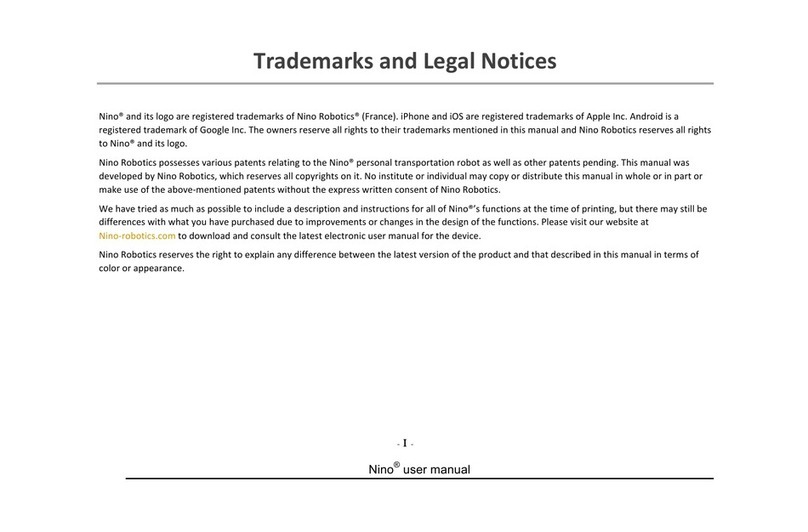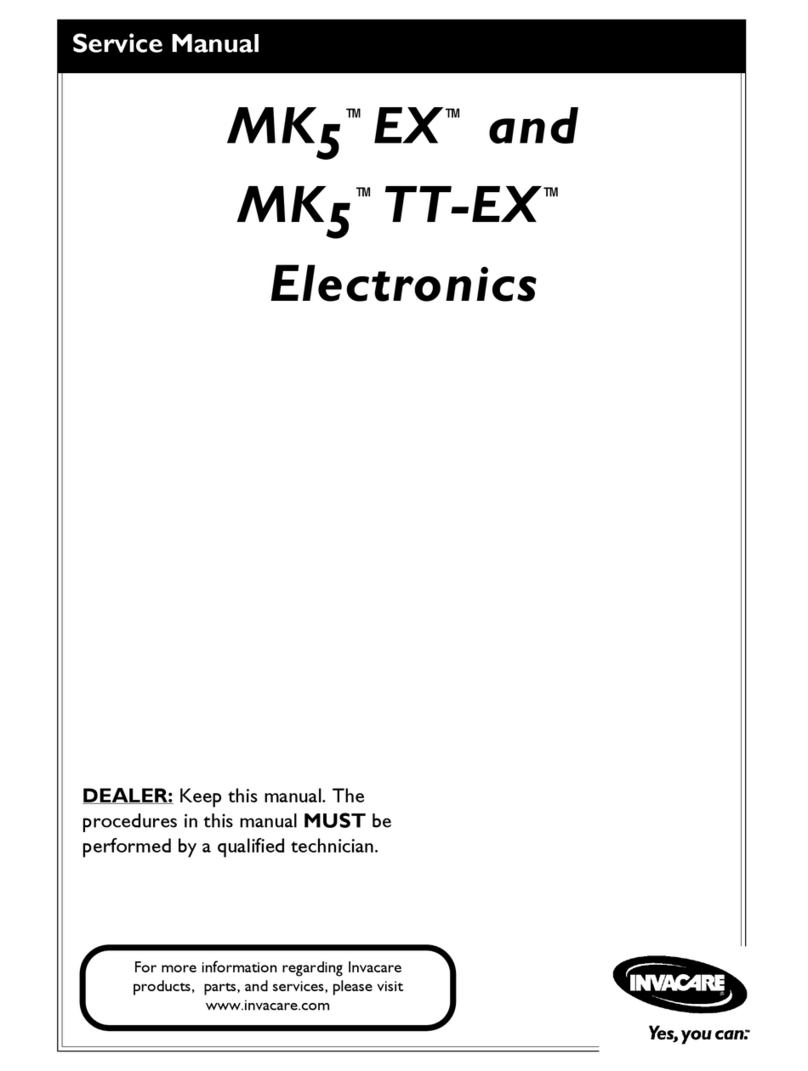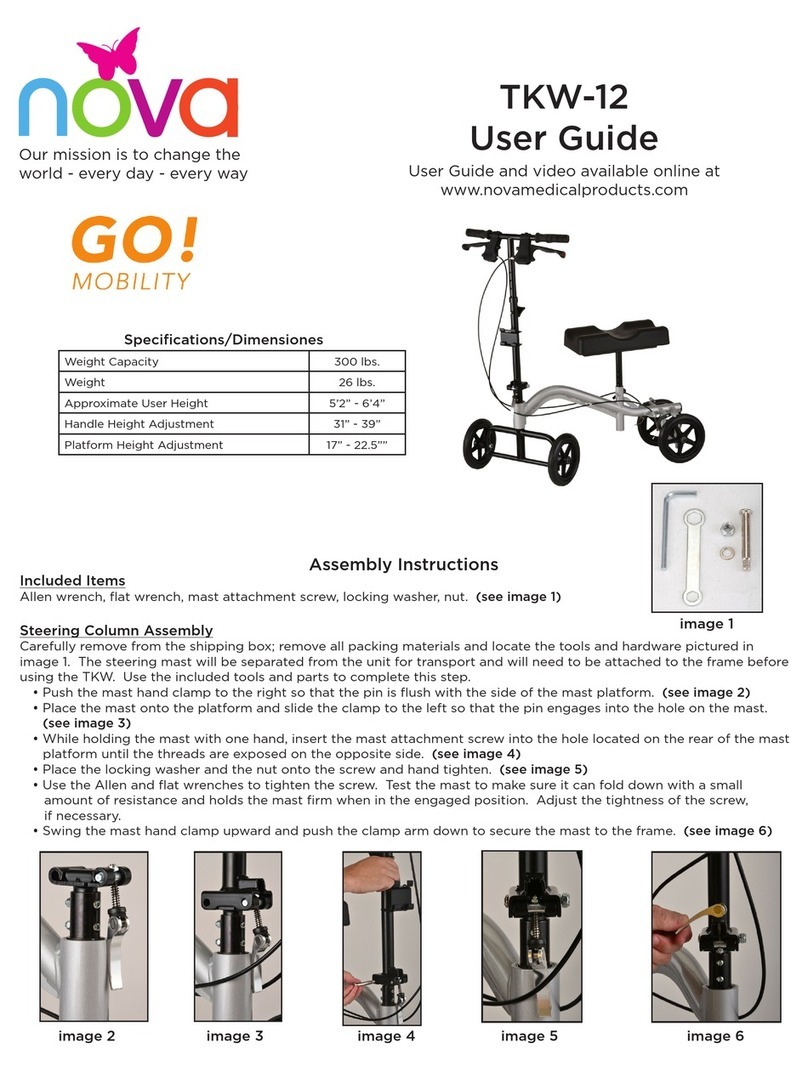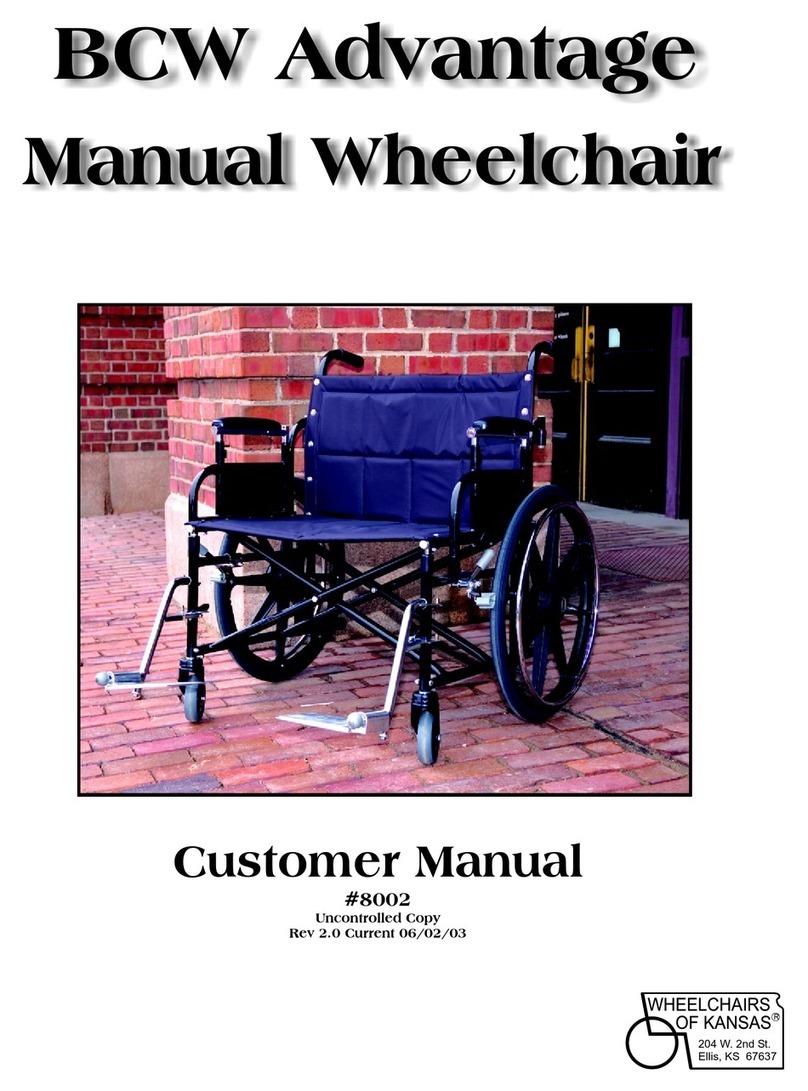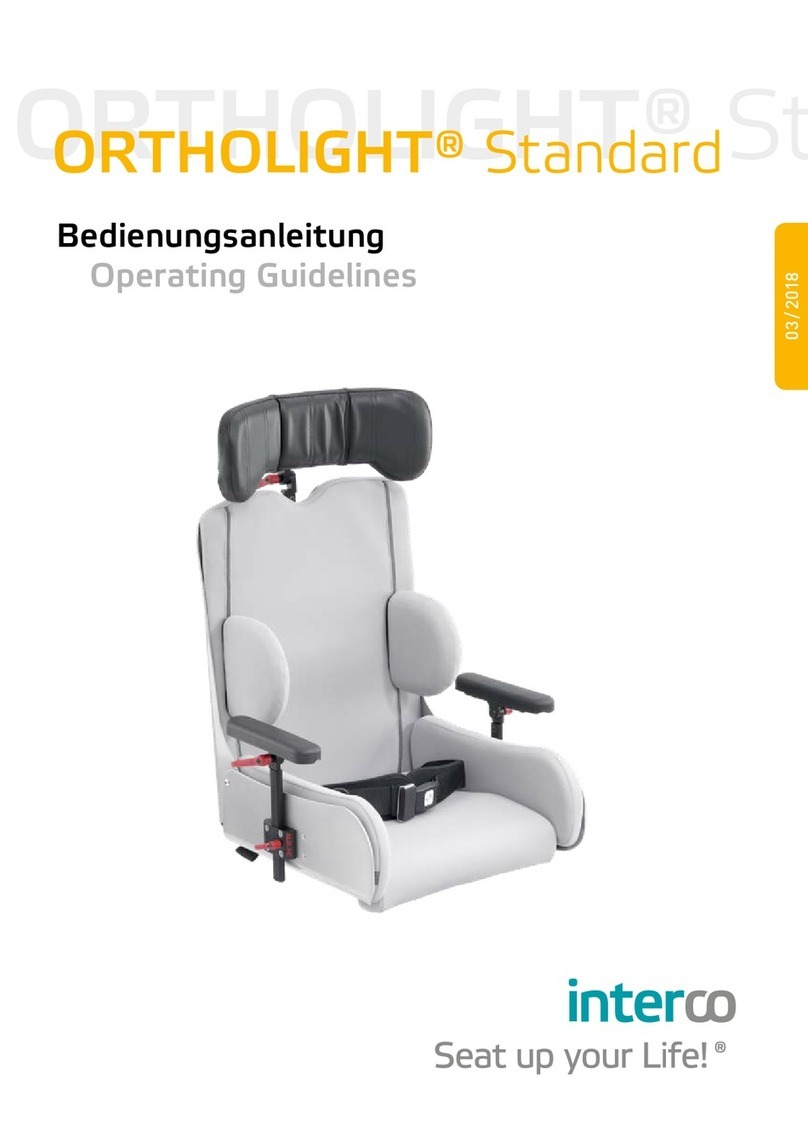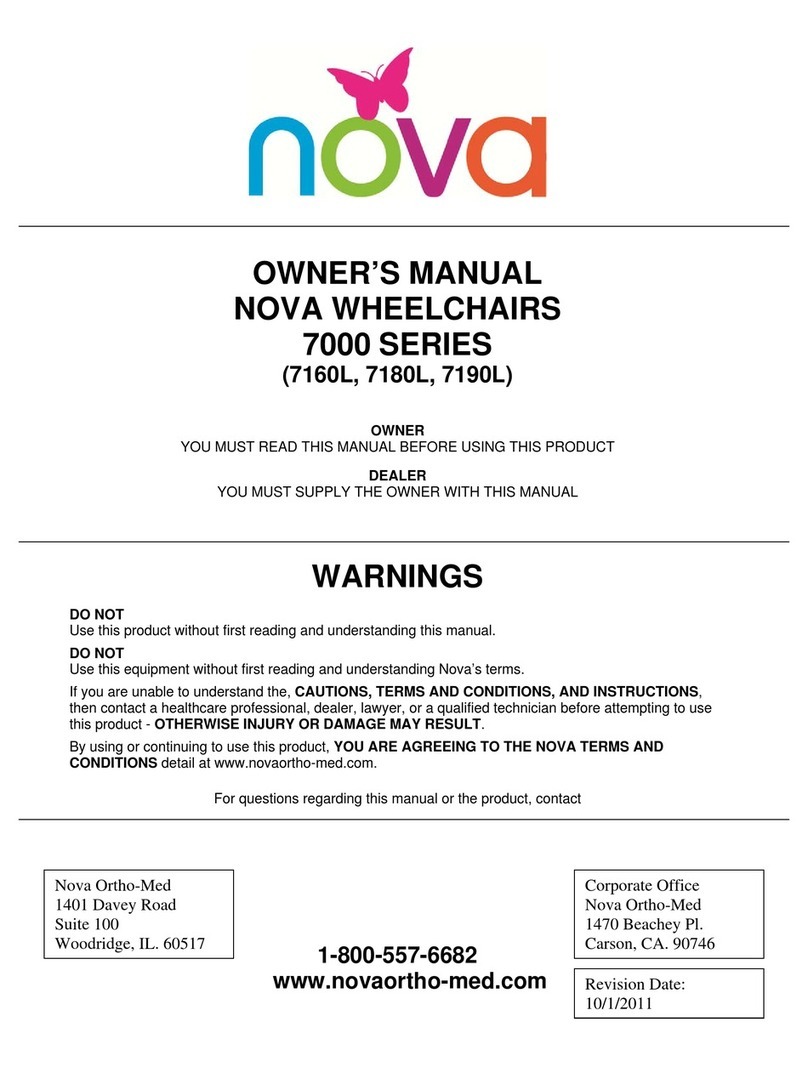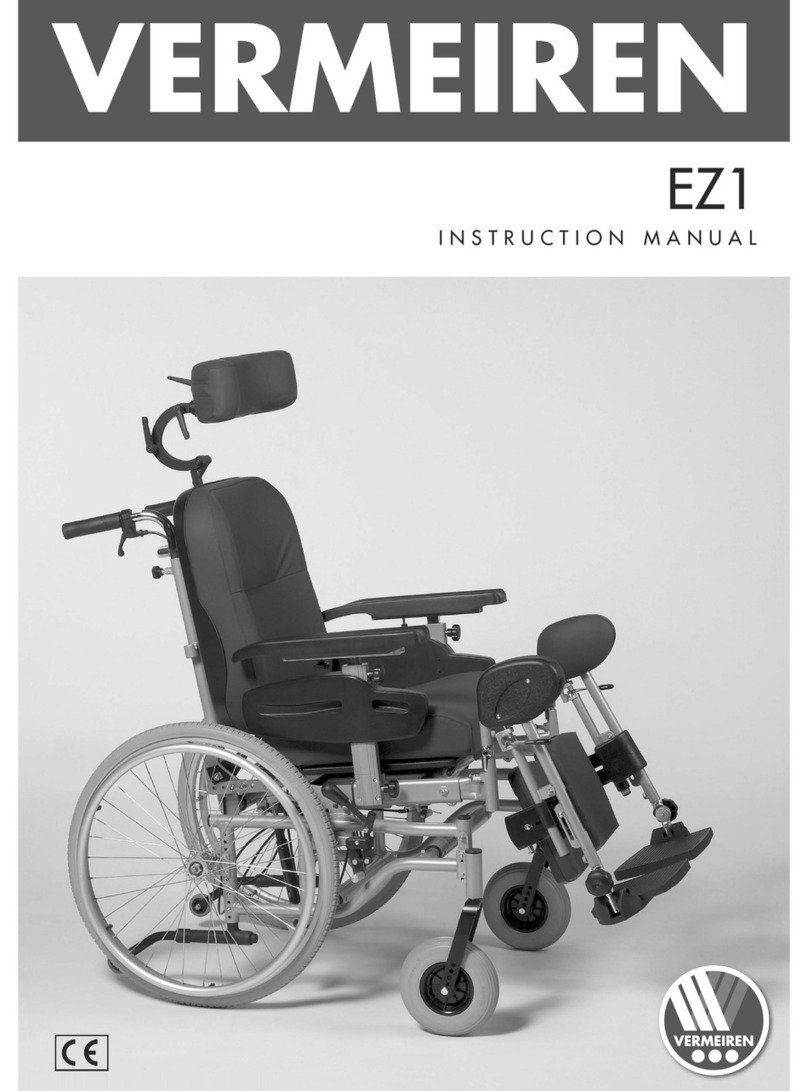
1
CONVAID USER’S GUIDE
READ BEFORE USE
Read the user’s guide completely before use and fully understand its content. Familiarize yourself with
the handling and functions of the product before use and practice them. Any caregiver that is going to
operate this chair should also read the user’s guide in full.
You are responsible for the safety of the user. The safety of the user could be affected if you do
not follow the instructions in this user’s guide. Nevertheless, not all possible circumstances and
unpredictable situations can be covered by this user’s guide. Reason, care, and circumspection are
not features of the product; they are required of persons who use the product. If instructions are not
clear and further explanation is necessary, please contact your Convaid provider. If you do not follow
all instructions and warnings, serious injury or damage to the chair may occur. The latest version of all
instructions and product safety notices are available on the Convaid website (www.etac.us.com) and
can be printed in larger sizes. Additional video instructions are also available for reference purposes.
DEFINITION OF SYMBOLS
Indicates the need for the user to
consult the instructions for use for
important cautionary information such
as warnings and precautions that
cannot, for a variety of reasons, be
presented on the medical device itself.
Indicates a medical device that need
to be consulted with the instruction for
user
This symbol indicates potential nger
entrapment..
This symbol indicates correct lifting
points for safe moving and handling.
This symbol indicates maximum user’s
weight.
Indicates the manufacturer’s serial
number so that a speci c medical
device can be identi ed.
This symbol is a mandatory marking
for devices entering the European
market to indicate conformity
with the essential health and
safety requirements set out in
European Directives. The symbol
may be accompanied by a four-digit
identi cation number of the noti ed
body. The vertical dimensions may
not be less than 5 mm high.
Indicates the Authorized
representative in the European
Community.
This symbol indicates the
manufacturer’s catalogue number
so that the medical device can be
identi ed.
Indicates the medical device
manufacturer.
Indicates the date when the medical
device was manufactured.
